You take the good. You take the bad. You take them all and put it in a cauldron.
It’s been a good, long time since I’ve played a JRPG, wasting away over a hundred hours trying to level and get the supreme weapon for each of my characters. So I looked forward to the opportunity, not just to dive back into them, but also to check out a series I knew of, yet never played in any respect. Atelier Sophie: The Alchemist of the Mysterious Book and its Atelier predecessors carve a curious niche for themselves. The structure of these games is unlike other JRPGs. However, they maintain a number of common tropes found in the genre and Japanese game development overall. For my first Atelier game, I must confess to loving my time with it despite a number of shortcomings.
First, I should note that Atelier Sophie is really not structured to be played straight through as is common for a game reviewer to do. The story unfolds based on your activity in each of the game’s various modes. The titular Sophie runs an atelier (bafflingly pronounced “AT-lee-er,” by the entire cast), and a number of her town’s residents, especially her two childhood friends, will walk in to talk to her. This could happen after toiling over her cauldron for a number of hours or after returning home from gathering materials for her concoctions.
Outside her residence's walls, Sophie is able to explore her town’s various areas, meeting characters who also run shops as well as checking on the growing list of party members. There is a handy screen where Sophie can directly transport to specific places, most notably when it appears the other characters are in places they don’t usually reside. Checking in on them often leads to new conversations and narrative expansion. Pretty soon, they start needing you to make items in your atelier, which drives the need to gather more materials, fight more monsters, and discover more recipes as you attempt to fulfill requests. As time passes and items are delivered, more characters will appear, check in on Sophie, and be checked on by Sophie, thereby fueling this cycle of story delivery.
To that end, completing “the next mission,” like you would want to do after doing a few side-quests or leveling up in other RPGs, becomes an ambiguous task. Early on, Sophie discovers a talking alchemy book, named Plachta, who has lost all of her memories. Writing certain recipes in her pages helps Plachta remember more and more, but even though the main plotline certainly revolves around her, discovering these formulas is not the only way to progress. Any of the other party characters can be the prompt for the next thing you need to do. Although this was indescribably frustrating for completing a game on a deadline, I authentically loved this method of story delivery. The game just asks you to keep playing it, and for the most part, it will worry about finding things for you to do instead of the other way around.
Sophie, as an alchemist, needs to gather items for her recipes, and thus needs to venture out into the surrounding wilderness. Her friends, Monika and Oskar, travel with her to keep her safe from monsters. The game supports up to four characters in battle at a time, and it can seem like a long time until that fourth character comes along. Battles themselves are turn-based and can be quite challenging on the Normal difficulty, especially because of some arguably annoying gatekeeping on the game’s part.
It will not be long before your heart aches to be able to buy, craft, or enhance weapons and armor. And there also is an aspect to battle that initially feels limiting, where it feels unusually arduous to defeat however many enemies with only four character turns and rather limited stat increases per level. Once battle-related options reveal themselves, including the equipment needs and an absolutely vital chaining system, you’ll find yourself asking why you didn’t have these before.
It felt quite like Final Fantasy XIII, which unquestionably took about 30 hours until it allowed players to use the entire battle system. Although each new feature is welcome, they really could have afforded sooner reveals. That said, the chaining system, which lets everyone in formation follow each other up with attacks or guards, is just awesome. The flow of battle becomes so much more tolerable with it, and it’s also where the game hides its super-mega-ultra special moves for each character.
Alchemy, the nexus of this fantasy land, has its ups and downs. It will come as no shock that you pick a recipe, choose items, and mix them in your cauldron. The system for doing so can become a slog once you’ve gathered a shit-ton of items or alternately find yourself out of an ingredient. Items themselves range in quality and size, which don’t just affect the final product but also the mixing process. How Gust has changed alchemy is, for their efforts, satisfactory.
After choosing the ingredients needed for a certain recipe, which can involve a lot of filtering and sorting in the latter portion of the game, you’re given a grid and polyminos to lay out onto it. Depending on how you lay them out and if they even fit with each other, the result can vary wildly until you really get a feel for it. The rub is that there came a point when I just wanted to tell the items to mix their own selves, especially when I was replenishing healing salves and bombs for use in battle. Until the feature opens up to have these items automatically replaced—again, very welcome and confusingly excluded until late—repeatedly making the same Berg Medicine you first wrote down into Plachta can be a chore.
Recipe discovery is also a mixed experience. Sophie thinks up different item recipes by performing a variety of actions in game: examining a landmark, talking to a character, witnessing an enemy skill, or even creating other items. For the most part this system is creative, and like the story’s progression, requires thorough play. Though once Sophie starts the final three alchemy books—Hope, Dreams, and Mystery—the item-based requirements ask you to mix recipes to have very specific traits, whether or not you’ll need them.
Like my complaint in my Goliath review about discovering new goliath classes, these requirements can feel very arbitrary. By contrast, Atelier Sophie ends up blocking the ability to progress with the story sometimes because certain ingredients’ recipes are locked behind these peculiar checklists. This mostly appears to be a kind of push and pull between finding a way to organically imagine recipes but not keep players guessing forever. I don’t have a real solution to it; it just gets occasionally bothersome. If I could ask for one feature, it would be to reveal what an item does or is supposed to be once the recipe is discovered. For any of the aforementioned reasons, making a new item might not be available immediately, and having no clue about its purpose besides “Accessory” can allay all interest in it.
JRPGs, in my experience, typically focus on a group of teenagers trying to prevent the end of the world. The majority of Atelier Sophie seems wholly unconcerned with that. Aside from addressing that Alchemist of the Mysterious Book portion of the title, the stories revolving around each of the characters are cute and simple, often related to the town that centers everything. Sophie herself is driven by the desire to make others happy, hoping to follow in her deceased grandmother’s footsteps, though remarkably her grief and coping mechanisms play no part in the narrative. She is merely a plucky vector for expounding on everyone else’s needs and desires. This whole “slice of life” approach can be appealing, almost soothing, juxtaposed against other RPGs. But the writing basically never gets particularly interesting even when the greater drama reveals itself 80 hours in.
Various aspects of the narrative, even venturing into the meta-narrative of Japanese game development, range from uncomfortable to disturbing. For one, the character, Oskar, is literally the only fat person in the game. As such, he is the subject of various jabs about his girth, including a passive skill named for it and a character outright calling him “Fat Guy.” For the most part, Sophie remains uninvolved until she is asked to settle an argument where her options are to further guilt-trip him about his weight—by the way, he’s a great asset in battle, though one of his moves is literally tripping and rolling at the enemy—or criticize another person for being too skinny. Maybe fat-shaming and body politics could’ve just not been in this game if they aren't going to be properly addressed. It ruins the immersion.
Coupled with some ridiculous Dead or Alive-like breast physics on a few of the characters is some strange fetishizing once Plachta takes a humanoid form. (This is not a spoiler. The promotional screens and trailers show her as a person.) Her clothes are made by Leon, a seamstress with a curious boob window herself, to establish her clearly as the loli in this game. Not only is her body literally a large doll, but her initial outfit is translucent lace with thigh-high stockings. And once the feature reveals itself, you are able to dress her in other loli outfits. Based on various clips I’ve seen of the Japanese release of the game, a favorite appears to be a see-through teddy.
For one of the main characters of the game, the driving force of the main plotline, it’s disappointing to see this trope trotted out with no relevance to Plachta’s own character or personality. She is generally stern and authoritative, and before becoming a book 500 years earlier, she was a grown adult alchemist. So to see her turn into a sexualized doll by other characters, seems like an excuse rather than an imperative to have a loli in the game. Her doll body’s creator’s occasional creepy comments notwithstanding, if she was actually a young-looking woman who dressed in lingerie, as confusing as that may be, I’d be able to understand it more. (Body armor, though?) But it remains that her appearance is entirely a projection made onto her by others, both in-game and outside of it.
Despite this, the character models in Atelier Sophie are stunningly beautiful with a lot of gorgeous detail and common JRPG over-styling. The UI, in terms of appearance, is also well-designed and carries the medieval European theme of the setting without using laboriously dated fonts or design elements. (See the first Witcher game for reference of ugly UI.) Its utility is fine, though occasionally, access to sub-menus is limited for no clear reason. I loved being able to access the encyclopedia to explain various item traits and effects from almost any other menu, even in battle.
Environments run the gamut, though they feel under-designed for their size. They are justifiably large to allow exploration and to give space for enemies to wander but can feel very empty until some variety pops in later in the game. The town itself is very blocky and unimpressive. Enemy designs are not only boring but repeated via color-swaps to a nauseating degree. Looking at previous entries from the PS3-era, the visuals look very much the same but, um, HD-er with a touch more detail. I wish there were more engine-rendered cut-scenes that utilized the beautiful character models and that the mouths were synchronized with their speech. On that note, voice-acting is fair, nothing to write home about, but Pamela’s voice actor is notably atrocious.
For anyone seeking out an RPG they can just play for weeks, Atelier Sophie: The Alchemist of the Mysterious Book is a solid choice, but for each of its highlights, it suffers a misgiving. The story is plain but is delightful and organically executed. The battle system has some awesome features that are locked behind story gates. The characters are beautiful, but the rest is hit or miss. And then there are the confusing or offensive writing and design decisions throughout. As I said, I loved playing it (despite the rush to meet embargo), but its faults keep it from becoming a classic in any sense.
-
Delightful, if plain, slice-of-life storyline
-
Organic story progression via just playing the game
-
Fairly uninspired writing
-
Gorgeous character models
-
Empty-looking environments and color-swap enemies
-
Confusing or needlessly offensive writing and design decisions
-
Alchemy and recipe system is a mixed bag
-
Excellent chain-attack system
-
Variety of equipment crafting and enhancement options
-
So many options locked behind gates until certain story points
atelier-sophie-the-alchemist-of-the-mysterious-book
-
atelier-sophie-the-alchemist-of-the-mysterious-book #1

-
atelier-sophie-the-alchemist-of-the-mysterious-book #2

-
atelier-sophie-the-alchemist-of-the-mysterious-book #3

-
atelier-sophie-the-alchemist-of-the-mysterious-book #4

-
atelier-sophie-the-alchemist-of-the-mysterious-book #5

-
atelier-sophie-the-alchemist-of-the-mysterious-book #6

-
atelier-sophie-the-alchemist-of-the-mysterious-book #7

-
atelier-sophie-the-alchemist-of-the-mysterious-book #8

-
atelier-sophie-the-alchemist-of-the-mysterious-book #9

-
atelier-sophie-the-alchemist-of-the-mysterious-book #10

-
atelier-sophie-the-alchemist-of-the-mysterious-book #11

-
atelier-sophie-the-alchemist-of-the-mysterious-book #12

-
atelier-sophie-the-alchemist-of-the-mysterious-book #13

-
atelier-sophie-the-alchemist-of-the-mysterious-book #14
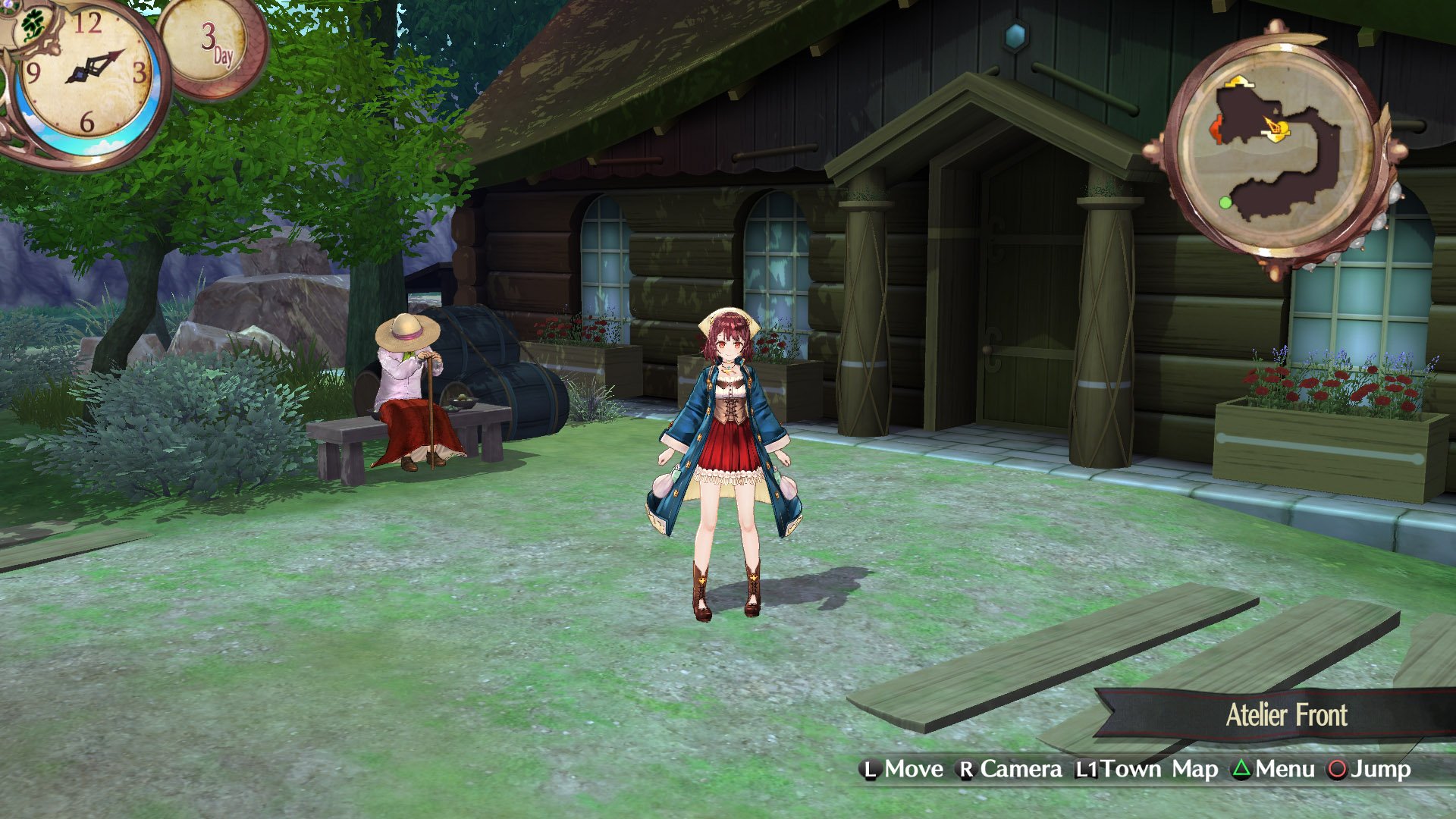
-
atelier-sophie-the-alchemist-of-the-mysterious-book #15

-
atelier-sophie-the-alchemist-of-the-mysterious-book #16
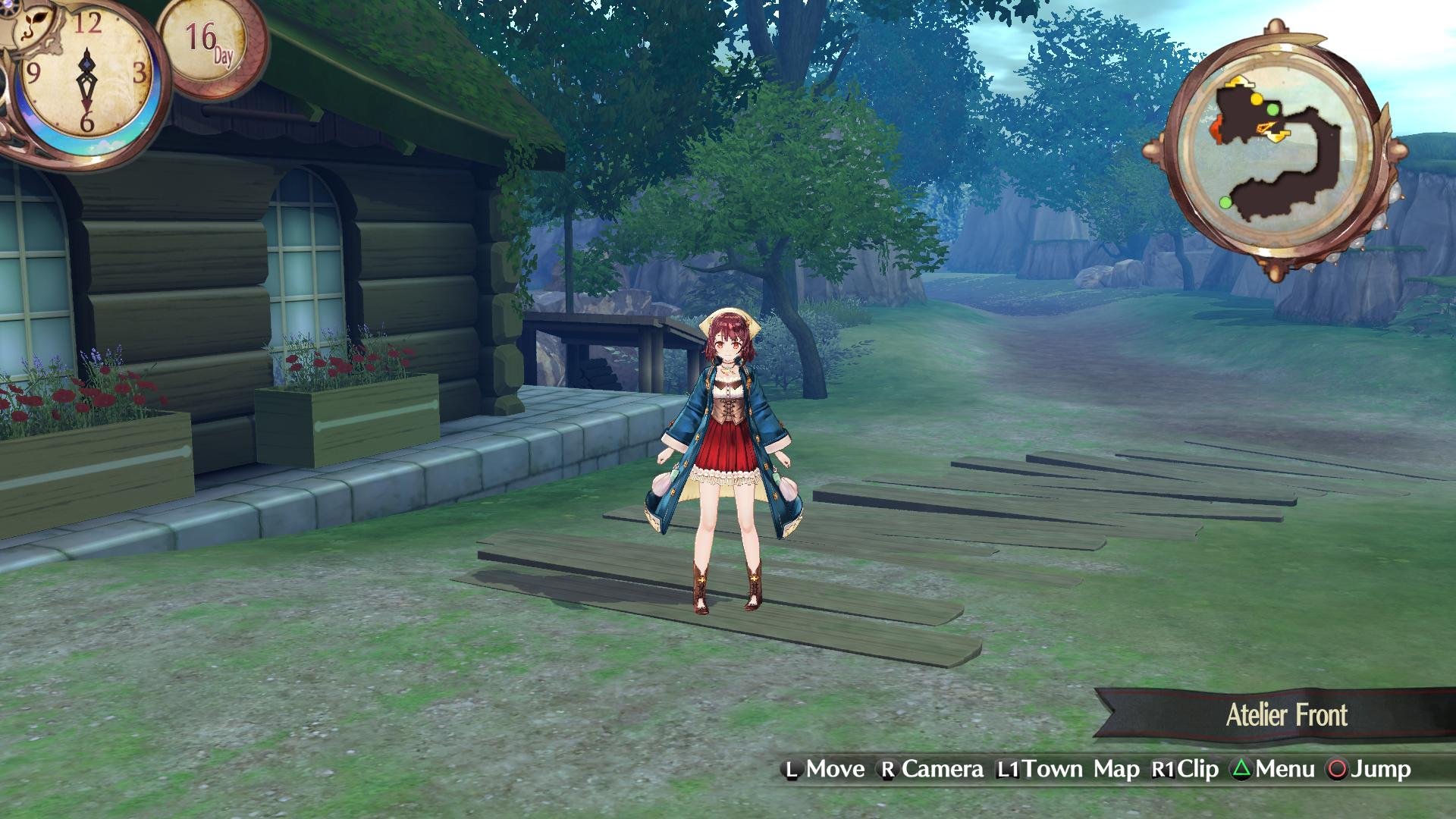
-
atelier-sophie-the-alchemist-of-the-mysterious-book #17

-
atelier-sophie-the-alchemist-of-the-mysterious-book #18

-
atelier-sophie-the-alchemist-of-the-mysterious-book #19
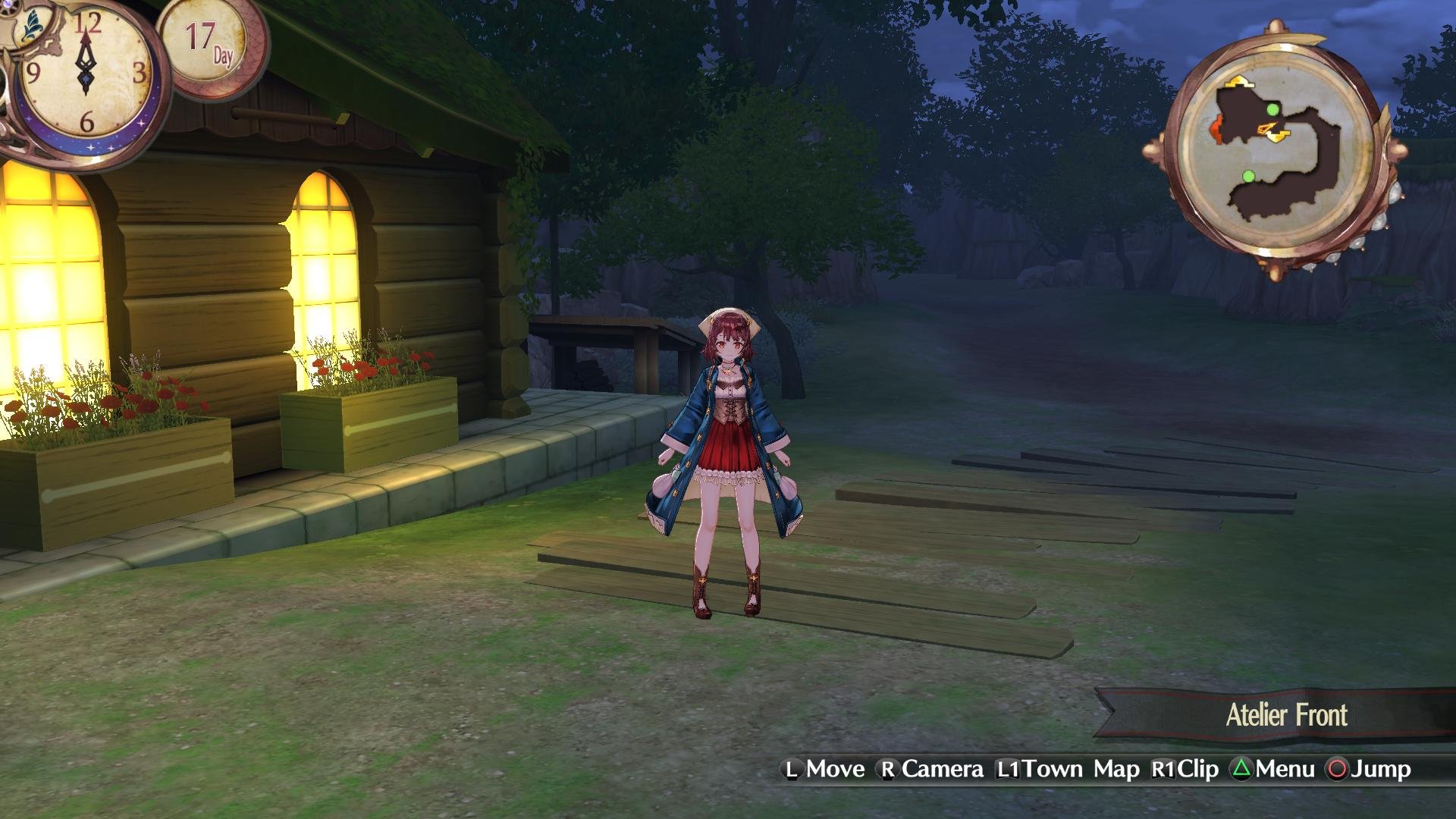
-
atelier-sophie-the-alchemist-of-the-mysterious-book #20
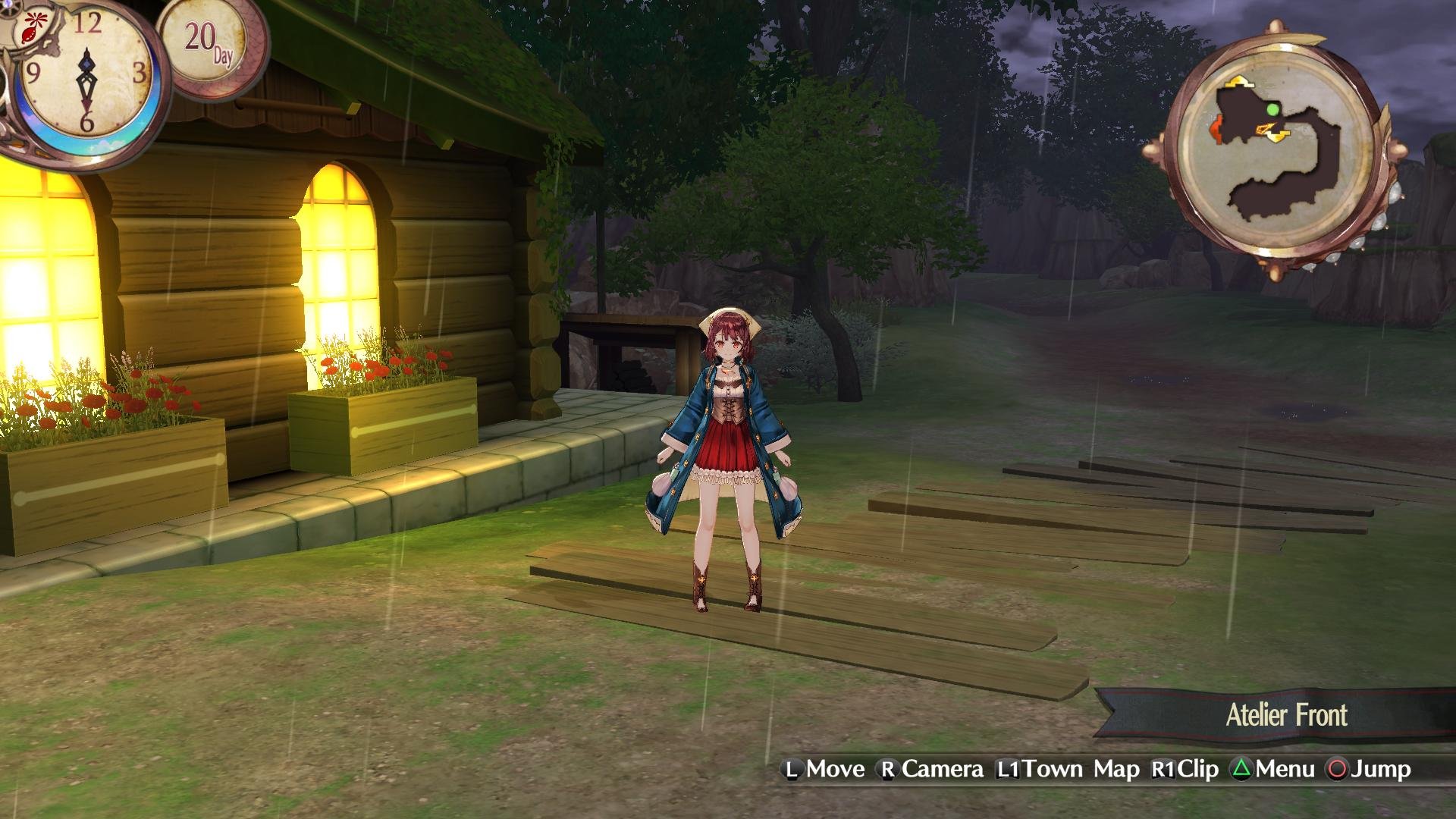
-
atelier-sophie-the-alchemist-of-the-mysterious-book #21

-
atelier-sophie-the-alchemist-of-the-mysterious-book #22

-
atelier-sophie-the-alchemist-of-the-mysterious-book #23

-
atelier-sophie-the-alchemist-of-the-mysterious-book #24

-
atelier-sophie-the-alchemist-of-the-mysterious-book #25

-
atelier-sophie-the-alchemist-of-the-mysterious-book #26

-
atelier-sophie-the-alchemist-of-the-mysterious-book #27

-
atelier-sophie-the-alchemist-of-the-mysterious-book #28

-
atelier-sophie-the-alchemist-of-the-mysterious-book #29

-
atelier-sophie-the-alchemist-of-the-mysterious-book #30

-
atelier-sophie-the-alchemist-of-the-mysterious-book #31

-
atelier-sophie-the-alchemist-of-the-mysterious-book #32

-
atelier-sophie-the-alchemist-of-the-mysterious-book #33
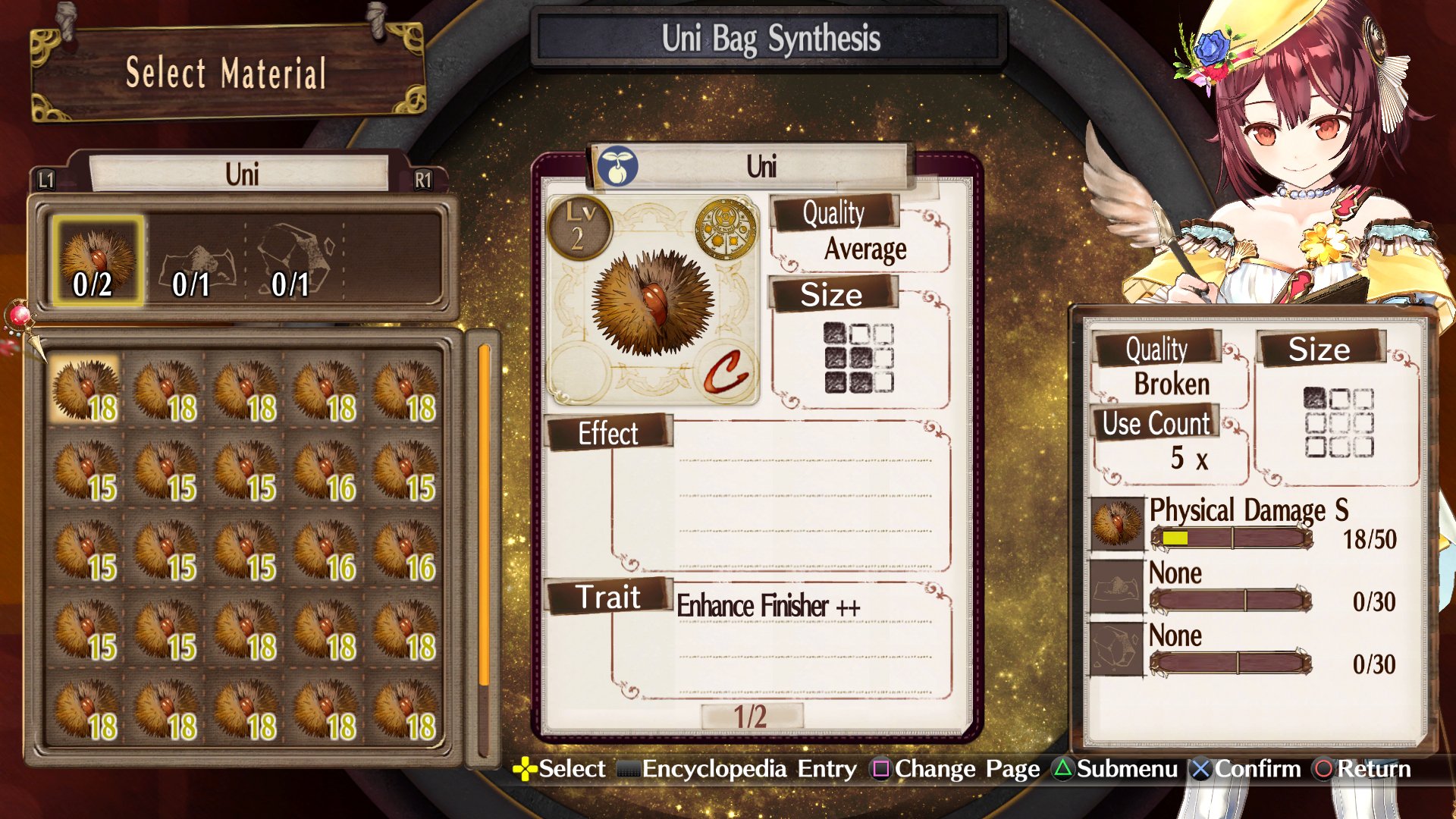
-
atelier-sophie-the-alchemist-of-the-mysterious-book #34
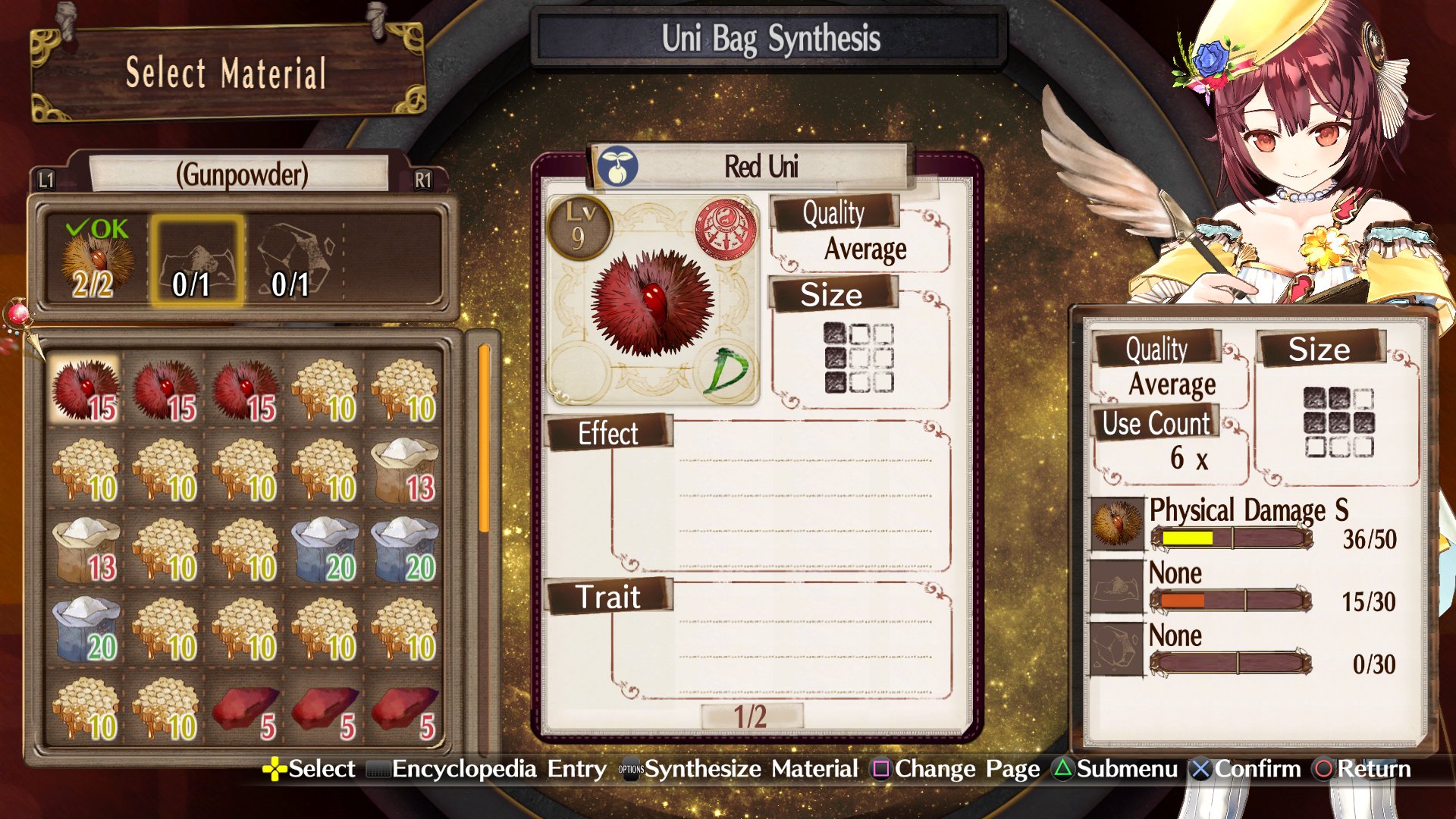
-
atelier-sophie-the-alchemist-of-the-mysterious-book #35

-
atelier-sophie-the-alchemist-of-the-mysterious-book #36
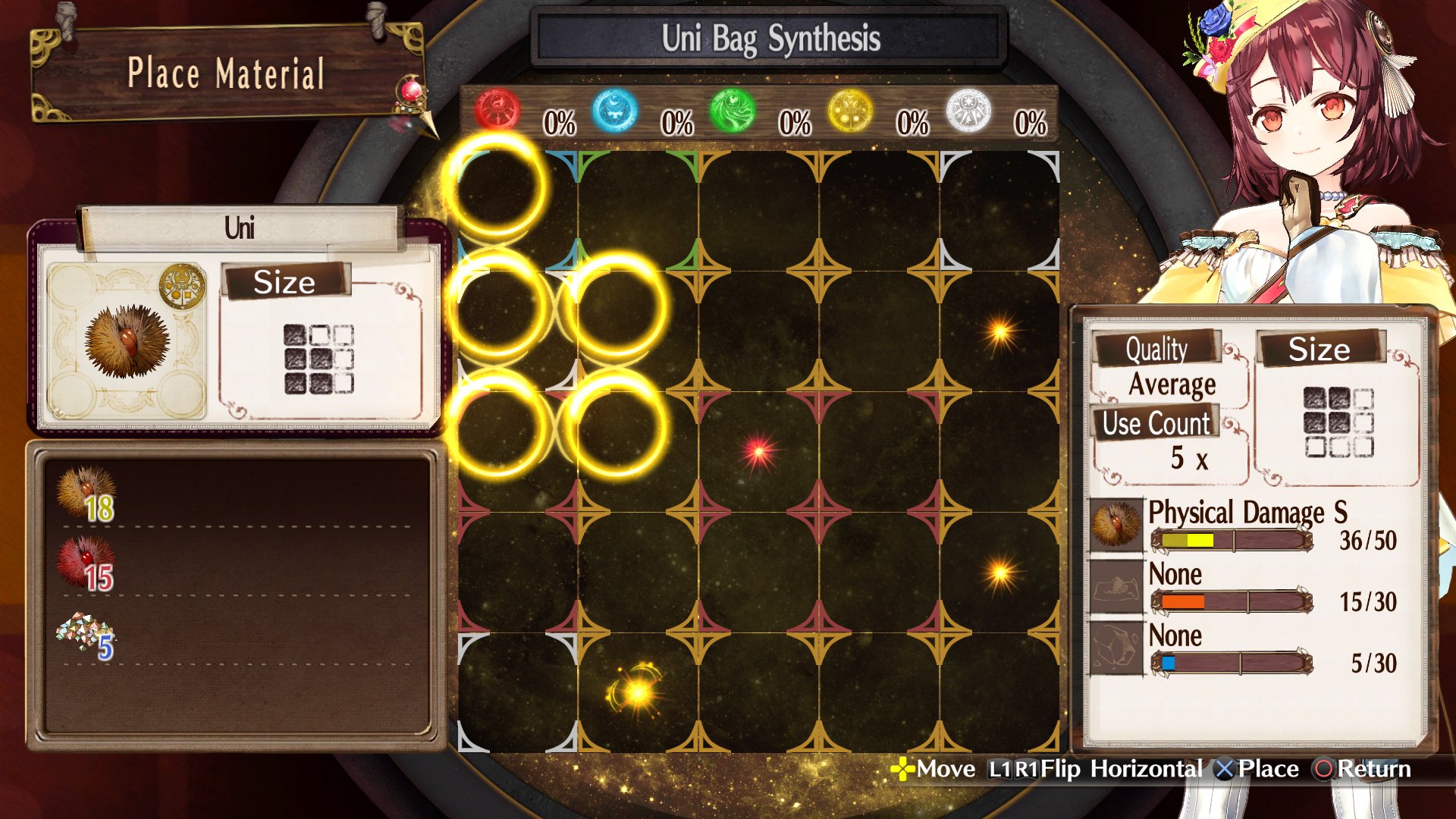
-
atelier-sophie-the-alchemist-of-the-mysterious-book #37
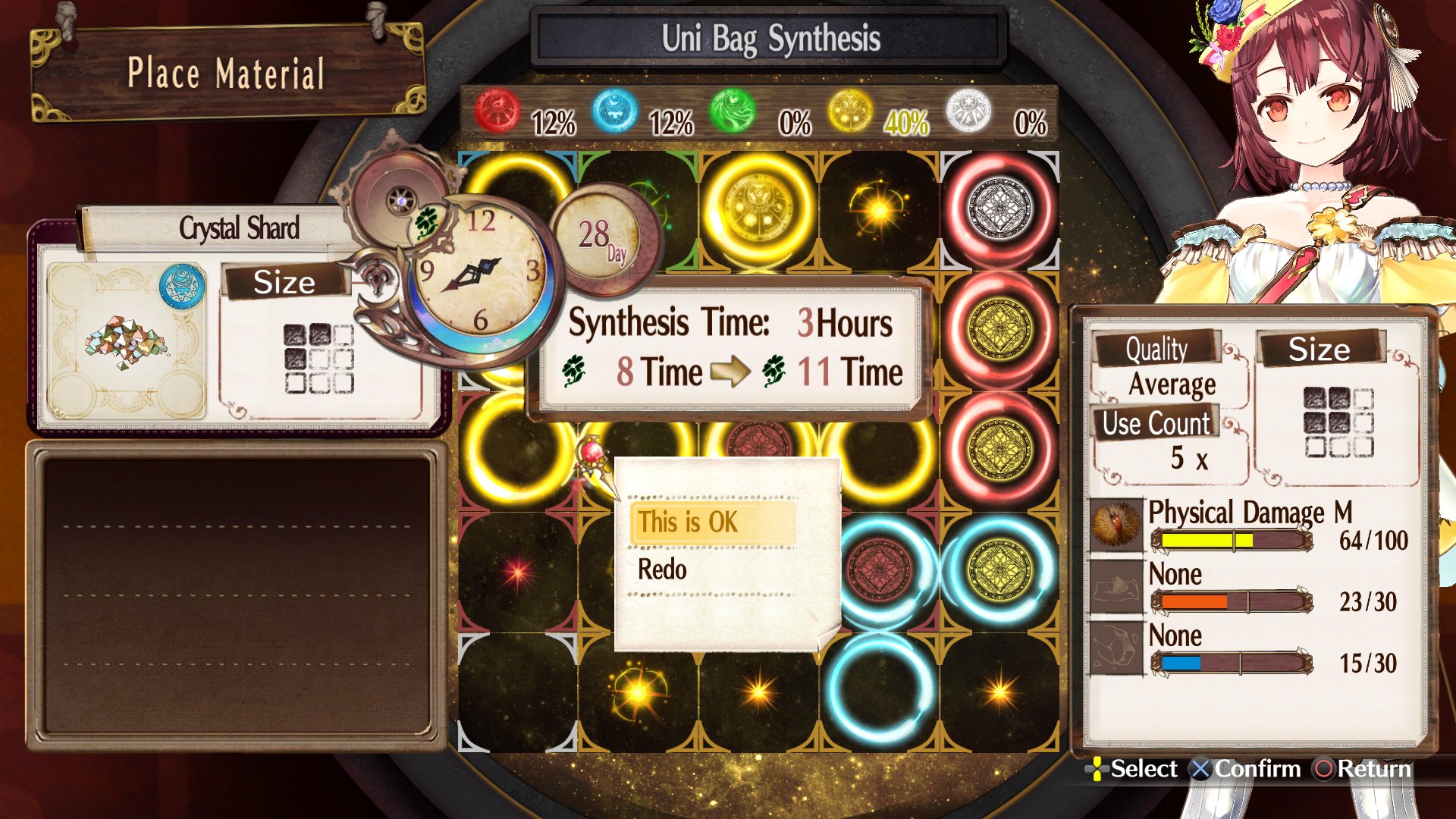
-
atelier-sophie-the-alchemist-of-the-mysterious-book #38

-
atelier-sophie-the-alchemist-of-the-mysterious-book #39

-
atelier-sophie-the-alchemist-of-the-mysterious-book #40

-
atelier-sophie-the-alchemist-of-the-mysterious-book #41

-
atelier-sophie-the-alchemist-of-the-mysterious-book #42
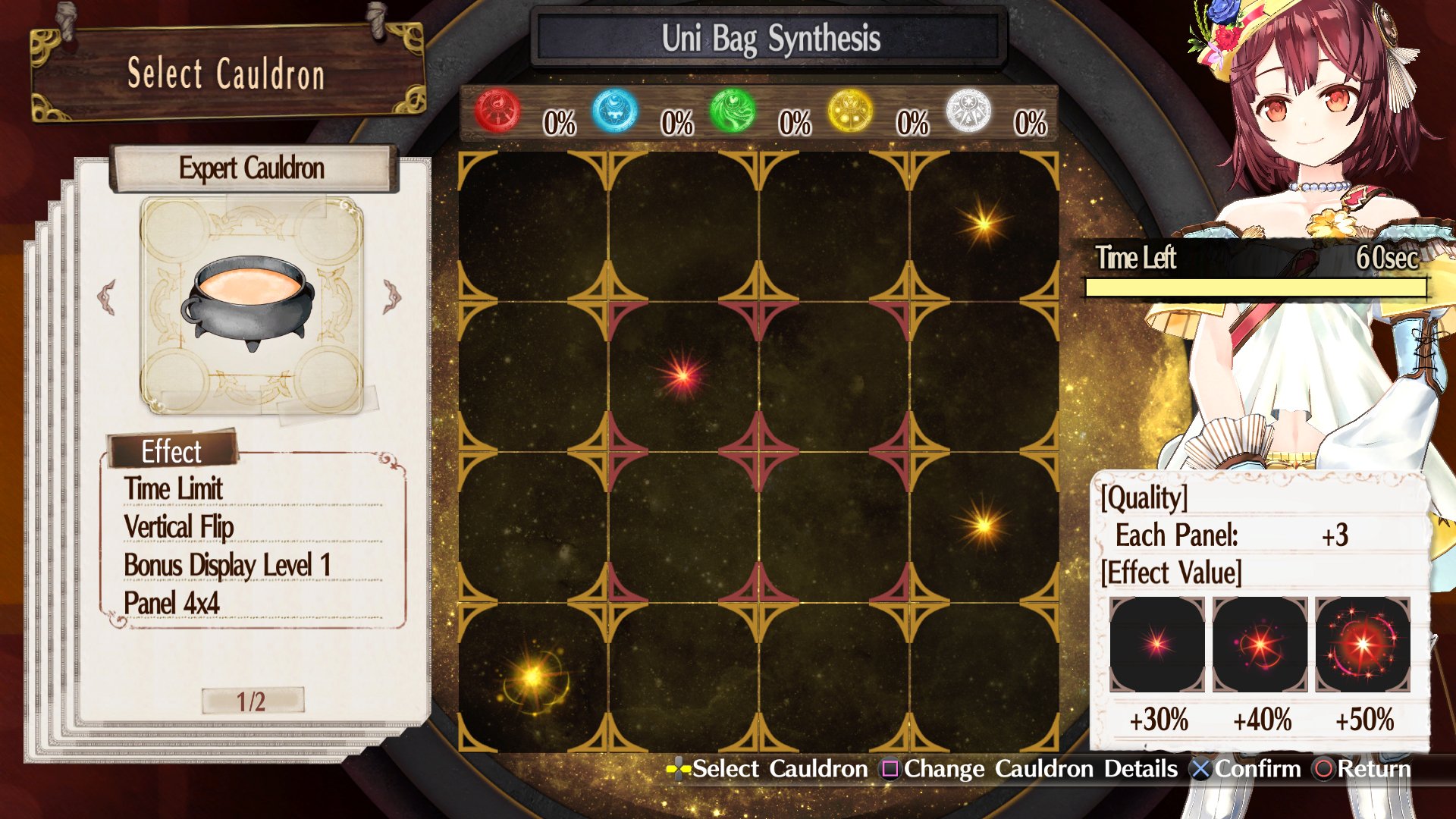
-
atelier-sophie-the-alchemist-of-the-mysterious-book #43
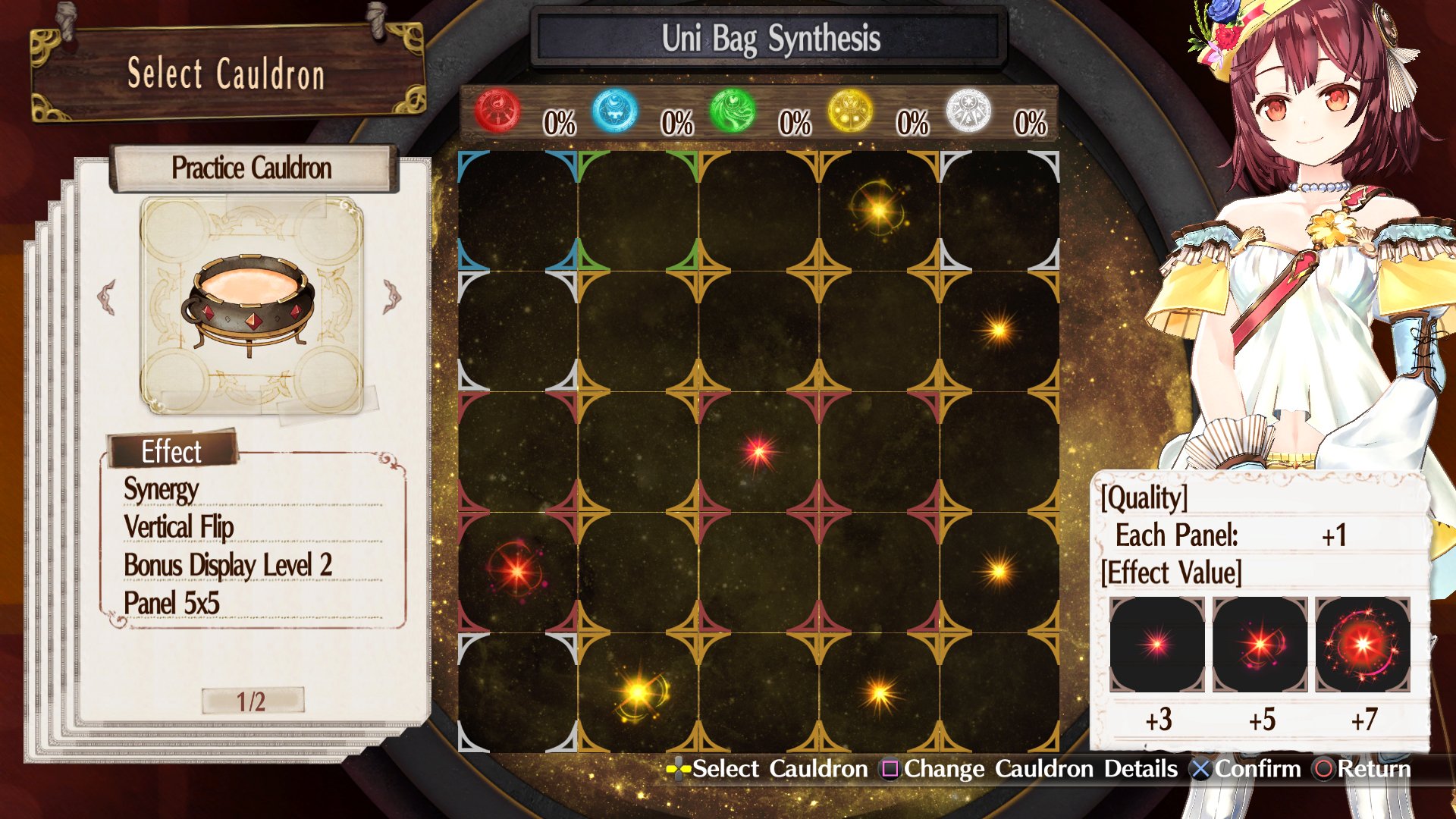
-
atelier-sophie-the-alchemist-of-the-mysterious-book #44

-
atelier-sophie-the-alchemist-of-the-mysterious-book #45

-
atelier-sophie-the-alchemist-of-the-mysterious-book #46

-
atelier-sophie-the-alchemist-of-the-mysterious-book #47

-
atelier-sophie-the-alchemist-of-the-mysterious-book #48

-
atelier-sophie-the-alchemist-of-the-mysterious-book #49
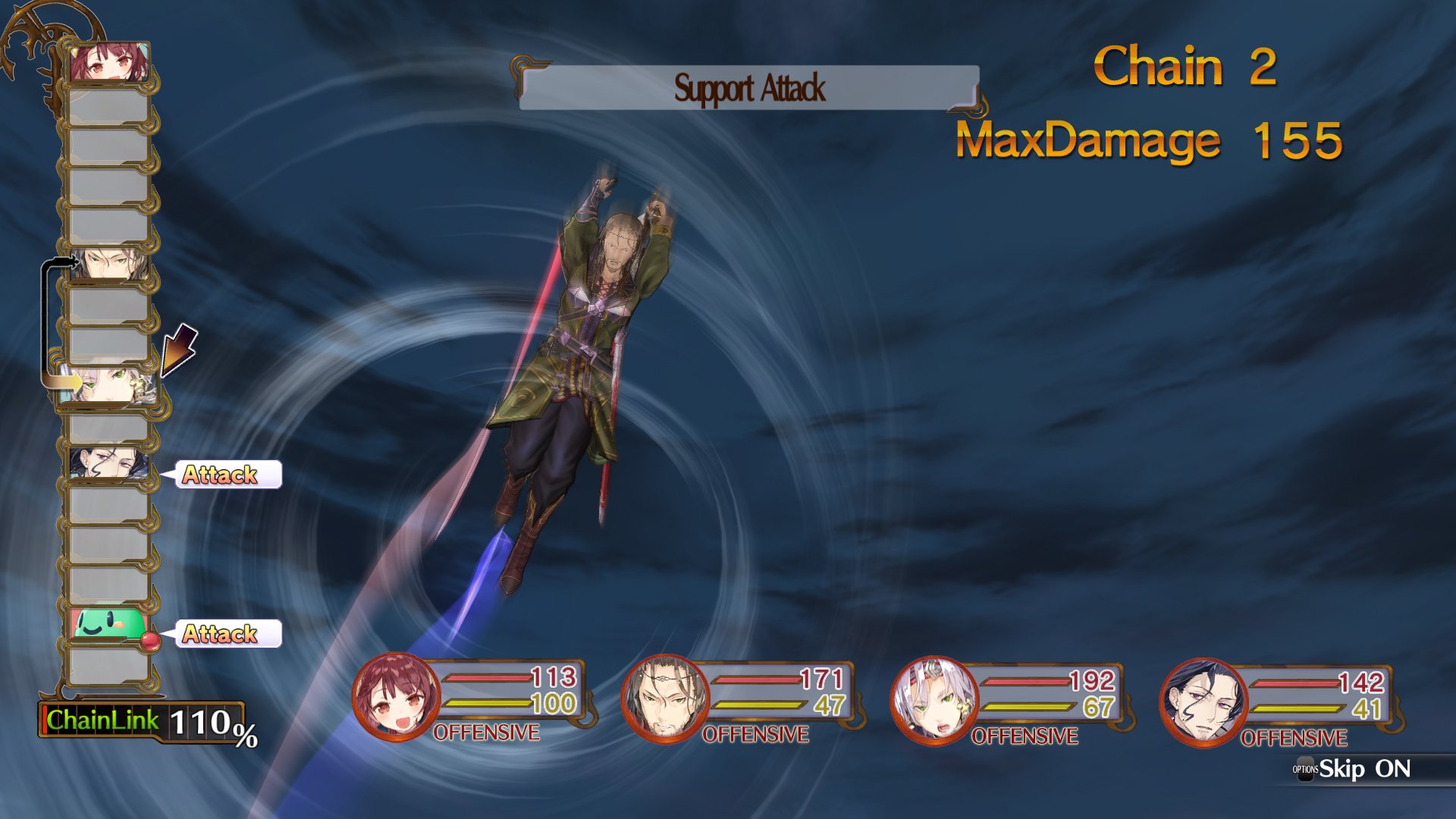
-
atelier-sophie-the-alchemist-of-the-mysterious-book #50

-
atelier-sophie-the-alchemist-of-the-mysterious-book #51

-
atelier-sophie-the-alchemist-of-the-mysterious-book #52

-
atelier-sophie-the-alchemist-of-the-mysterious-book #53

-
atelier-sophie-the-alchemist-of-the-mysterious-book #54

-
atelier-sophie-the-alchemist-of-the-mysterious-book #55

-
atelier-sophie-the-alchemist-of-the-mysterious-book #56

-
atelier-sophie-the-alchemist-of-the-mysterious-book #57

-
atelier-sophie-the-alchemist-of-the-mysterious-book #58

-
atelier-sophie-the-alchemist-of-the-mysterious-book #59

-
atelier-sophie-the-alchemist-of-the-mysterious-book #60

-
atelier-sophie-the-alchemist-of-the-mysterious-book #61

-
atelier-sophie-the-alchemist-of-the-mysterious-book #62
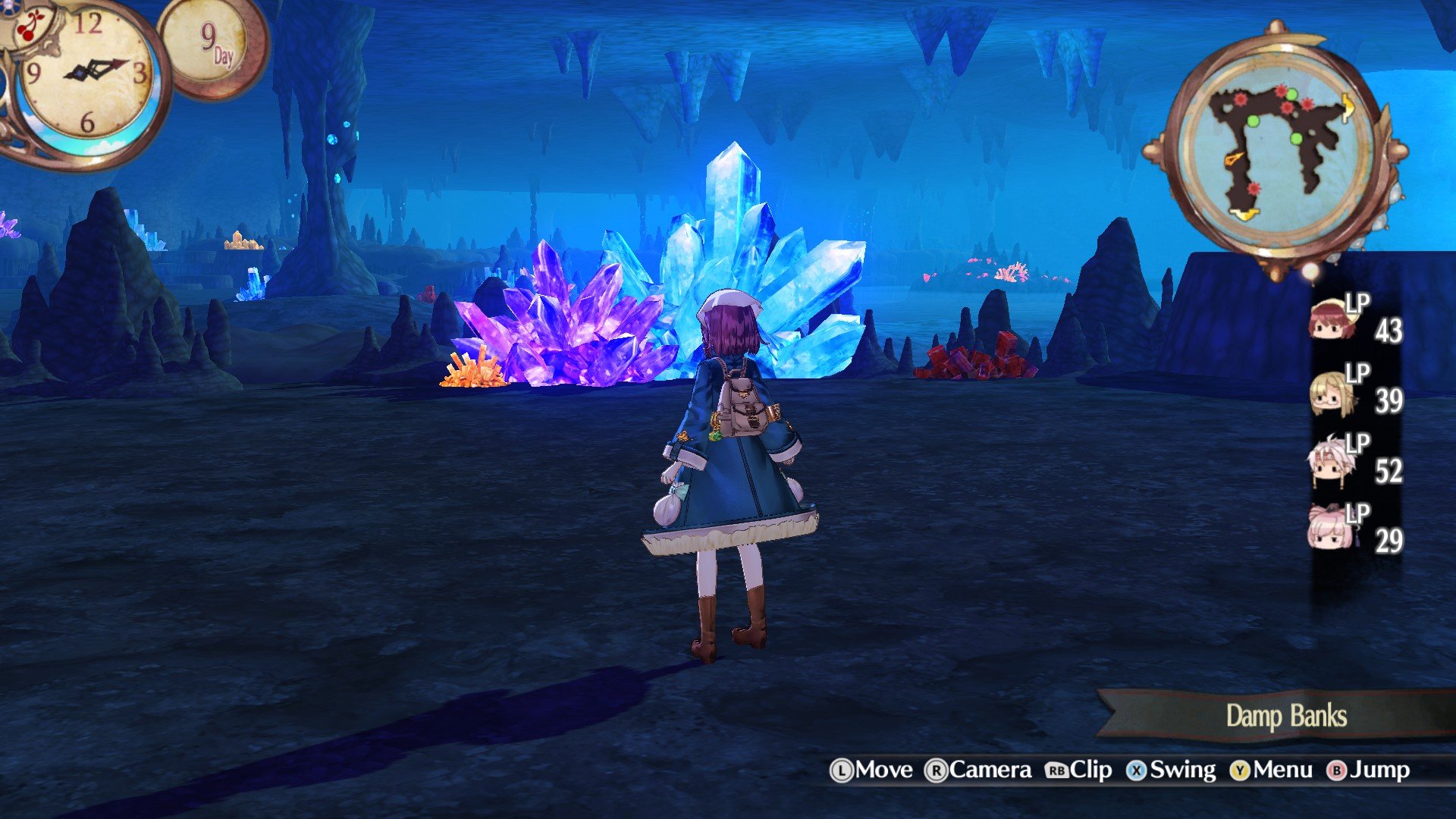
-
atelier-sophie-the-alchemist-of-the-mysterious-book #63

-
atelier-sophie-the-alchemist-of-the-mysterious-book #64

-
atelier-sophie-the-alchemist-of-the-mysterious-book #65

-
atelier-sophie-the-alchemist-of-the-mysterious-book #66












